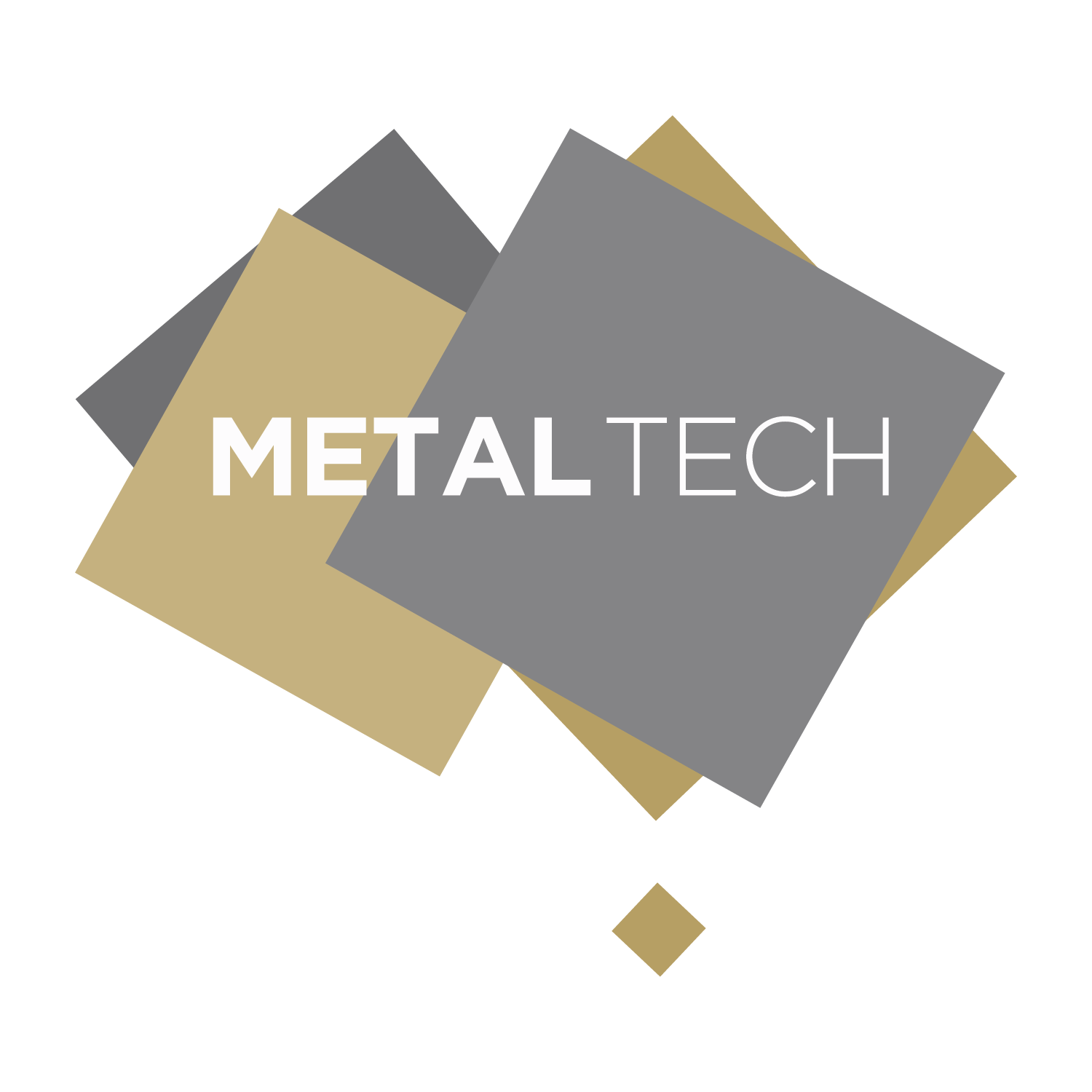
Is There a 3D Printer That Uses Metal?
The metal 3D printing industry is growing, but the technology is still in its infancy. The demand for tools that are precise and complex is increasing exponentially. Metal 3D printing offers several advantages over traditional manufacturing methods, but there are some caveats to consider. If you’re considering a metal 3D printer for your automotive or marine applications, there are a few things you need to know first. We’ll cover these topics in this article:
The metal 3D printing industry is growing, but the technology is still in its infancy.
Metal 3D printing is still in its infancy. While it may be tempting to buy a metal 3D printer, it’s important to consider all the factors before making a decision.
Metal 3D printers are expensive and hard to use, so you’ll want to make sure that your business can afford one and has employees who know how to operate it properly. The technology is still being perfected as well–many things could go wrong with your prints if they aren’t done correctly by someone with experience using these machines.
The demand for tools that are precise and complex is increasing exponentially.
The demand for tools that are precise and complex is increasing exponentially. The need for these tools is increasing as the industry grows, evolving into more complex and precise products.
As a result, there is an increased demand for 3D-printed tools which can withstand high temperatures without losing their shape or functionality.
Metal 3D printing offers several advantages over traditional manufacturing methods, but there are some caveats to consider.

The advantages of metal 3D printing are many. First and foremost, it is considerably faster than traditional manufacturing methods. This means that your product can be produced more quickly, which is important if you need a finished product in a short amount of time or if you have an urgent deadline for delivery. Second, the flexibility of 3D printing allows for great customization in terms of both shape and material–you have complete control over what goes into each item that comes out of your machine! Third, this method reduces waste because it eliminates excess materials like moulds or dies used during traditional methods; instead, all parts are printed directly onto one another without any additional tools needed! Finally (and perhaps most importantly), this process uses less energy compared to other processes such as casting metal from molten liquid form into moulds made from sandstone blocks which require significantly more heat than what would otherwise be required simply due solely based upon volume alone – not only does this mean lower costs but also less greenhouse gas emissions overall since fewer fossil fuels must burn off before production begins again.”
Metal 3D printers have been around for some time now, but they have yet to gain widespread acceptance in the automotive and marine industries. This is due to several factors:
- Metal 3D printers are expensive compared to traditional manufacturing methods such as injection moulding or machining. While prices are coming down as more companies enter this market (e.g., Carbon3D), metal still costs more than plastic when using traditional manufacturing techniques like injection moulding or milling/turning which can be done on large scale at a relatively low cost per unit of production.
- Metal 3D printing may not be precise enough for use in producing parts that require tight tolerances or high-quality finishes (e.g., automotive interiors). While some new technologies are emerging that aim for higher tolerances such as laser sintering which uses lasers instead of heaters (like FDM), these machines are still quite expensive compared with other forms of manufacturing available today like CNC machining where tolerances can be held within +/- 0.001″.
The reason for this is those metal 3D printers require lots of time and materials for prototyping before going into production.
Metal 3D printers are not cost-effective for short-run production, low-volume production or high-volume production.
There is no single 3D printer that can meet all your needs in these applications because each one has its strengths and weaknesses. For example, some printers are better for small parts, while others are better for large parts. Some printers are great as prototypes, but not so much as production machines (and vice versa). You’ll want to consider what you need the 3D printer for before making a purchase decision.
Conclusion
In conclusion, metal 3D printing is a great technology that has many benefits over traditional manufacturing methods. However, this doesn’t mean that it will be suitable for every situation or application. Before deciding whether to invest in a metal 3D printer, you need to consider what kind of products you’re going to make with it (and how often), as well as other factors such as cost and availability of materials.

Leave a Reply